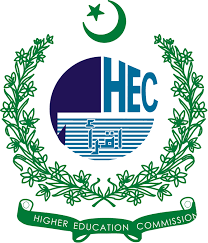DETERMINANTS IMPACTING TRADE DEFICIT IN PAKISTAN; EVIDENCE FROM 1980-2020
DOI:
https://doi.org/10.71146/kjmr456Keywords:
Trade Deficit, GDP per capita, Exchange Rate, FDIAbstract
The research examines major factors which affect Pakistan's trade deficit while using quantitative methods to analyze secondary data. The data collection spans the years from 1980 to 2020 using World Bank’s Development Indicators together with Pakistan Bureau of Statistics. The analysis incorporates unit root testing together with Ordinary Least Squares (OLS) regression as analytical tools.
This research examines the fluid relationship linking institutional elements like governance structures and trade policies to trade deficit changes in the developing country of Pakistan. The research analyzes three essential factors which include Gross Domestic Product (GDP) per capita and Foreign Direct Investment (FDI) and exchange rate as independent variables.
According to the gathered data the first hypothesis which suggested a negative correlation between GDP per capita and trade deficit did not receive statistical support. The statistical analysis demonstrated that FDI and exchange rate mechanisms produced significant changes in Pakistan's trade deficit values. A rise in Foreign Direct Investment led to diminished trade deficit but an increase in the exchange rate created a growth in the trade deficit. Research findings contribute to Pakistan’s economic analysis by explaining trade deficit root causes in developing economies.
Downloads

Downloads
Published
Issue
Section
License
Copyright (c) 2025 Ms. Rahat Iqbal Keerio, Ms. Sada Shah, Mr. Shayan Qayoom Siddiqui (Author)

This work is licensed under a Creative Commons Attribution 4.0 International License.






